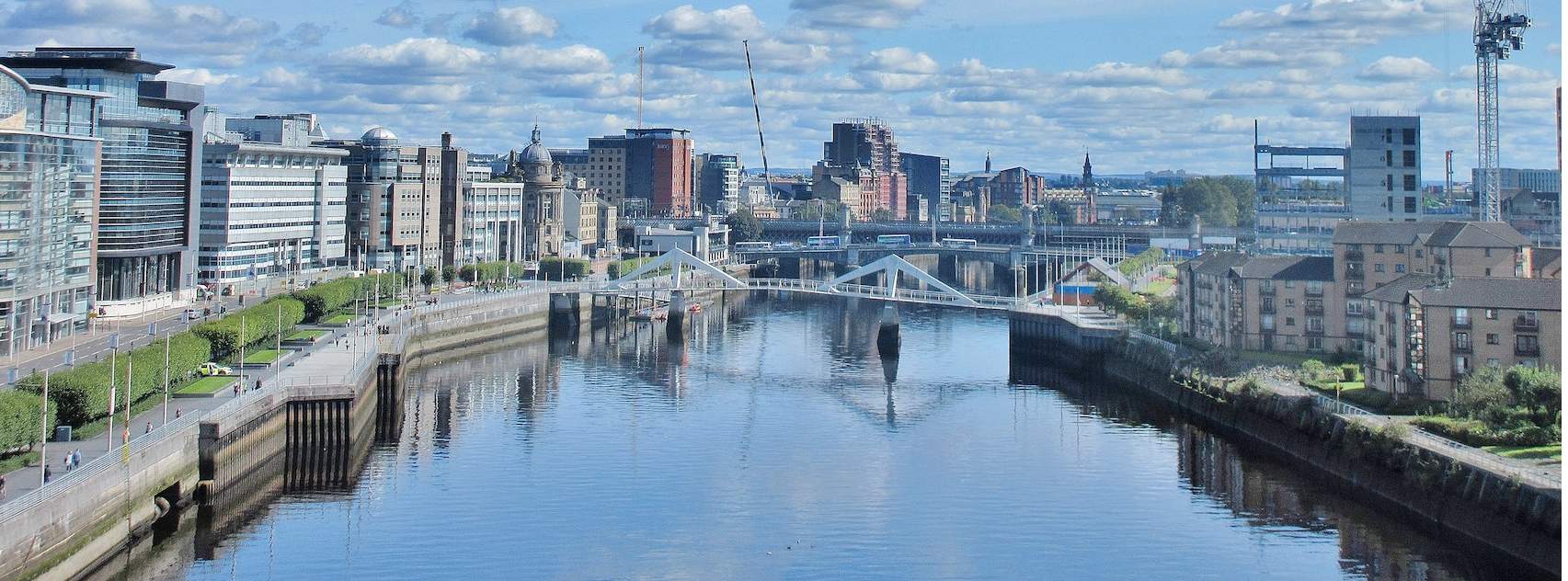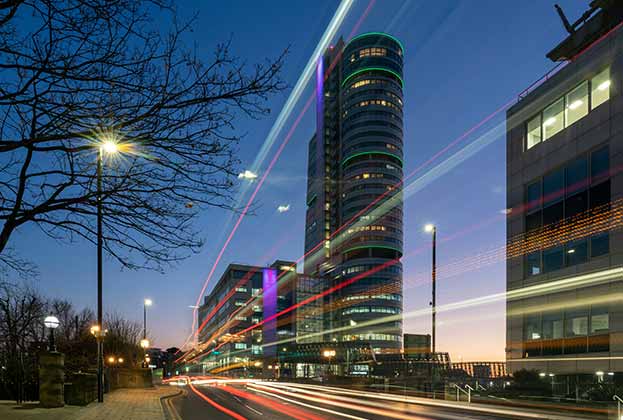Recent discussions on how regional cities outside London are likely to benefit from the Government’s 'levelling up' agenda, as it seeks to relocate key departments across the UK, and from similar moves by big organisations such as the BBC and Channel 4, tend to focus on the attractiveness of these cities in terms of lifestyle benefits and access to talent. What hasn’t been looked at so closely, at least since Covid-19 struck, are office space costs outside the capital and the economic sense it may make to some occupiers to relocate or expand some or all of their operations to locations such as Manchester, Cardiff, Leeds and Glasgow.
2020 average prime rents for office space in London were £81.25 per sq ft in the City and £114.83 in the West End. In comparison, prime rents in regional cities remain at about half London levels. In Leeds prime space is an average of £32 per sq ft and in Manchester £38.50, for example. Even taking into account significant moving costs, over the course of a five or 10-year lease meaningful savings on real estate can be made outside the capital.
The quality of regional space has also improved. Long gone are the days when if you wanted flagship office space you were limited to London. The top regional cities boast some exciting prime offices, which are more than suitable for a showcase corporate presence. Take One Chamberlain Square in Birmingham, for example, where PwC has opened its largest UK office outside London, with approximately 2,000 staff occupying the whole 172,000sq ft office building.
Many of these new buildings often also meet high environmental standards – a factor that can help reinforce a relocation decision given ESG’s rapid rise up the corporate agenda. Manchester, for example, remains ahead of the curve with One Angel Square achieving the highest ever eco rating for a building by BREEAM, with a score of 95.1 per cent back in 2013, however, sustainable office developments have become the norm in the regional office markets, with Aurora in Finzels Reach, Bristol achieving a 91 per cent BREEAM score and a Gold LEED.
Regional cities in many cases may offer numerous opportunities to revitalise historical landmark buildings – potentially ticking both the ‘E’ and ‘S’ parts of ESG – given the role many play in local communities and that the waste generated in refurbishing buildings can be lower than the construction of new ones. 24 St Vincent Street in Glasgow, for instance, has undergone an extensive refurbishment, turning it into one of the city’s most contemporary and cutting-edge office spaces.
Taking these cost, quality and ESG advantages into account, alongside the wider lifestyle and talent benefits of regional cities – particularly if, as speculated, more people want a more semi-urban lifestyle post-Covid-19 – it’s unlikely that the relocation announcements we’ve seen to date will be the last.
While we’re unlikely to see many occupiers pack up and move lock, stock and barrel from London, the case for at least a substantial redeployment to the regions will make sense on some corporate balance sheets.
Further information
Read more Yorkshire: A region of opportunity

-impact-the-office-sector(1).jpg)

.jpg)






